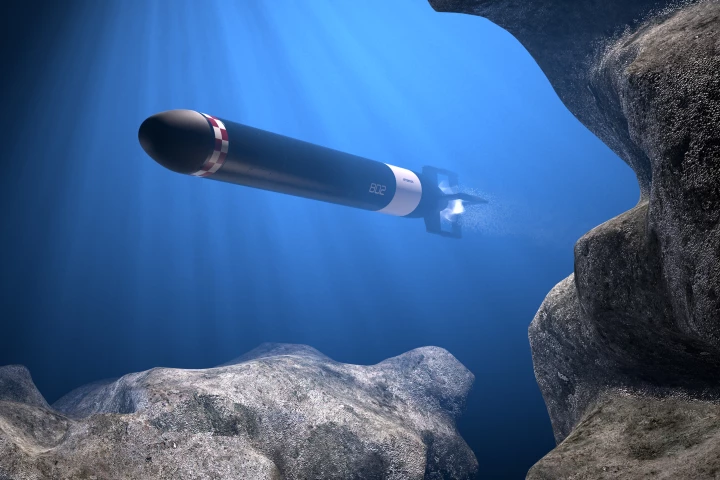Naval Warfare
-
AeroVironment has just revealed its latest heavy-duty medium uncrewed aircraft system known as the Jump 20-X. With an impressive range of capabilities, the drone could easily become a cornerstone of sea-based combat and surveillance.
-
Saronic, a defense-technology company based in Austin, Texas, has announced the Corsair, its largest autonomous surface vessel yet. It's a 24-ft-long sleek ship with customizable capabilities that can be deployed in "the thousands" for the US Navy.
-
DARPA has unveiled more of its mysterious Manta Ray robotic sub, with impressive new images of the prototype Uncrewed Underwater Vehicle (UUV) undergoing its first sea trials off the coast of Southern California. And it's somewhat of a beast.
-
Demonstrating that semi-autonomous weapons are the mainstay of the future and not an oddity, the US Navy and Lockheed Martin have completed a test of four Long-Range Anti-Ship Missiles (LRASM) simultaneously in flight with minimal human guidance.
-
This remarkable anti-ship weapon would run an innovative boron-powered ramjet engine that works in both air and water. Supersonic in the air and supercavitating under the water, it could strike farther and faster than any conventional torpedo.
-
Japan's I-400-class subs were so large that they could each carry and launch three Aichi M6A Seiran amphibious aircraft. Now, for the first time since it was scuttled at the end of World War II, one of the sunken subs' aircraft hangars has been photographed.
-
If you hunt unexploded sea mines for a living, then you might not mind losing your job to a robot. That seems to be the reasoning of the British and French governments as they embark on a joint venture to develop a prototype autonomous system for detecting and neutralizing sea mines.
-
DARPA's Upward Falling Payloads project is aimed at developing storage capsules capable of remaining on the deep seabed for years.
-
The nanomaterial-based unmanned Piranha USV boat is now a reality, and threatens to redefine naval warfare - at least that's what its creators at Zyvex Marine hope.
-
SAFFiR, the Shipboard Autonomous Firefighting Robot, is being developed to help put out fires on naval vessels.
-
GHOST is a prototype military boat, that is claimed to be the world's first super-cavitating watercraft.
-
Boeing has won a U.S. Navy contract worth up to $163 million to develop the Free Electron Laser (FEL), a weapon system that the company says "will transform naval warfare in the next decade."
Load More











